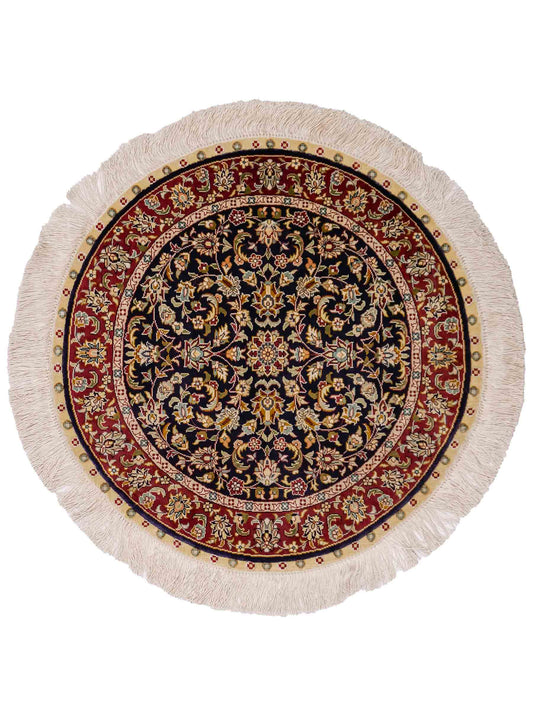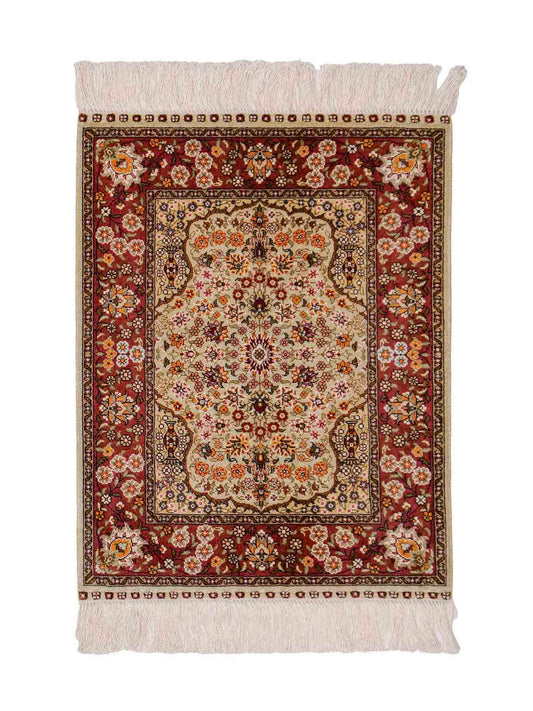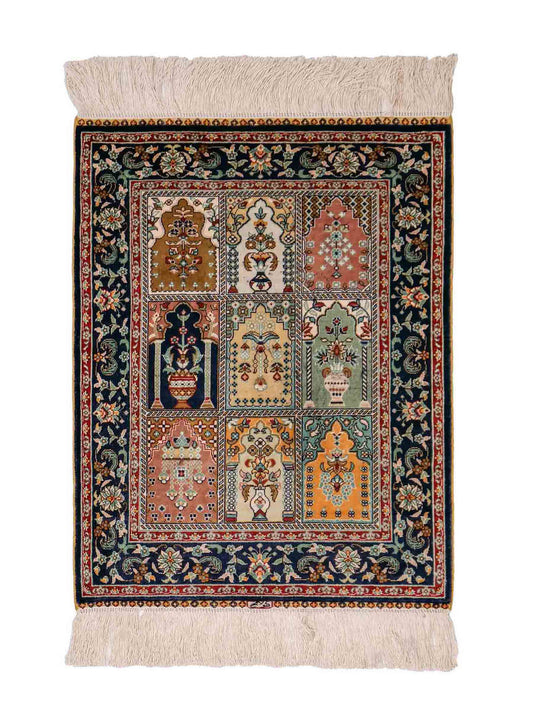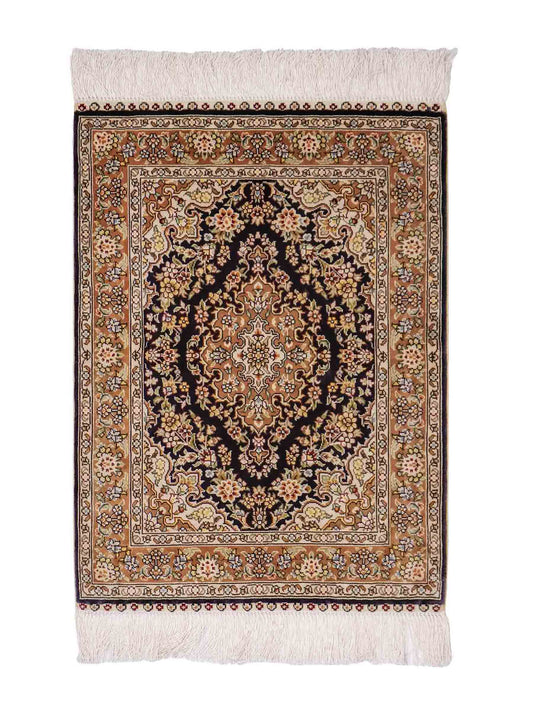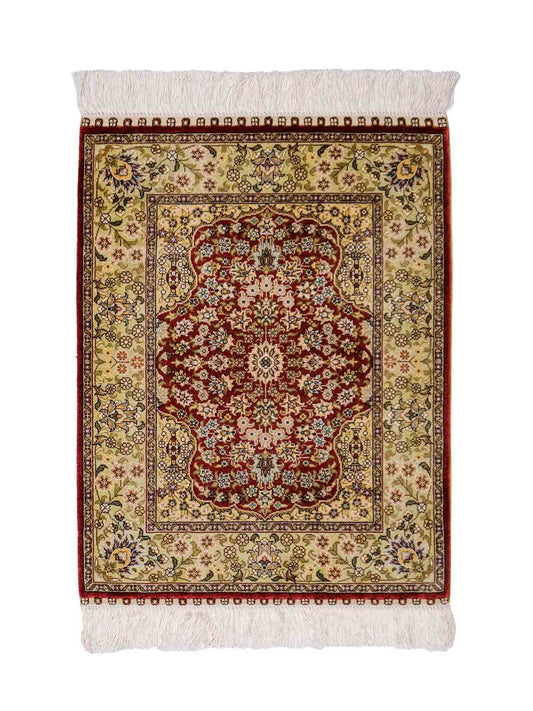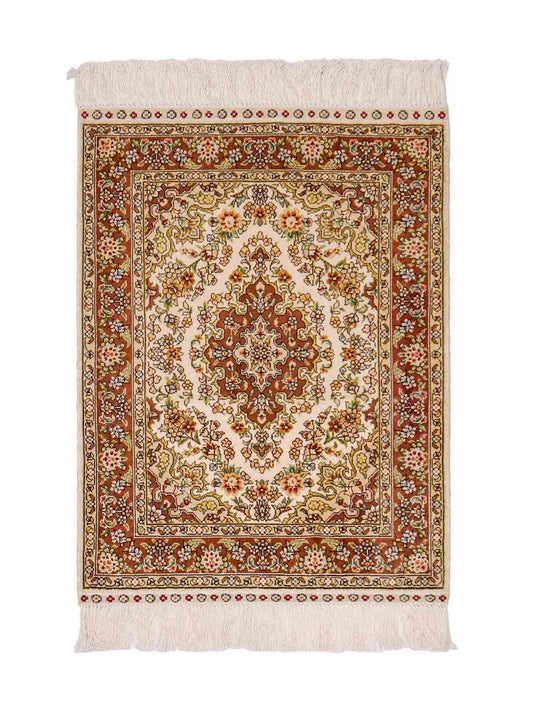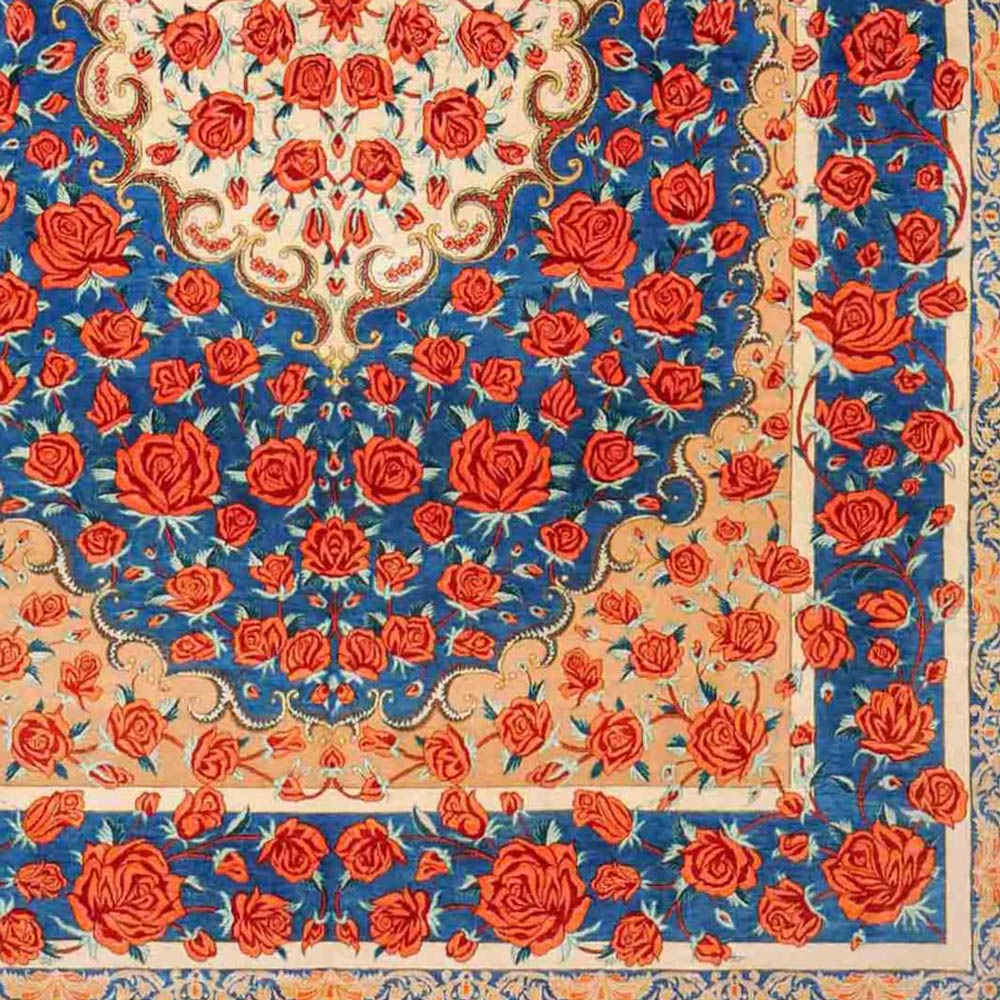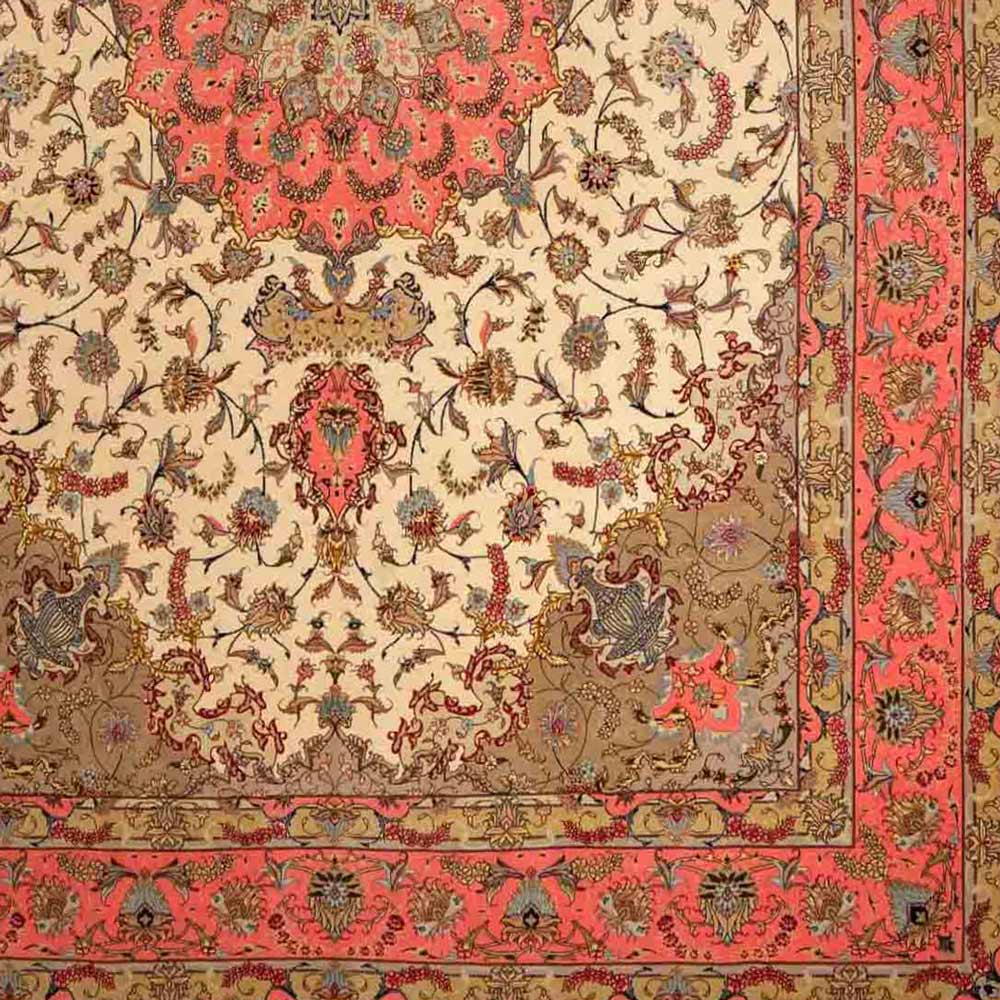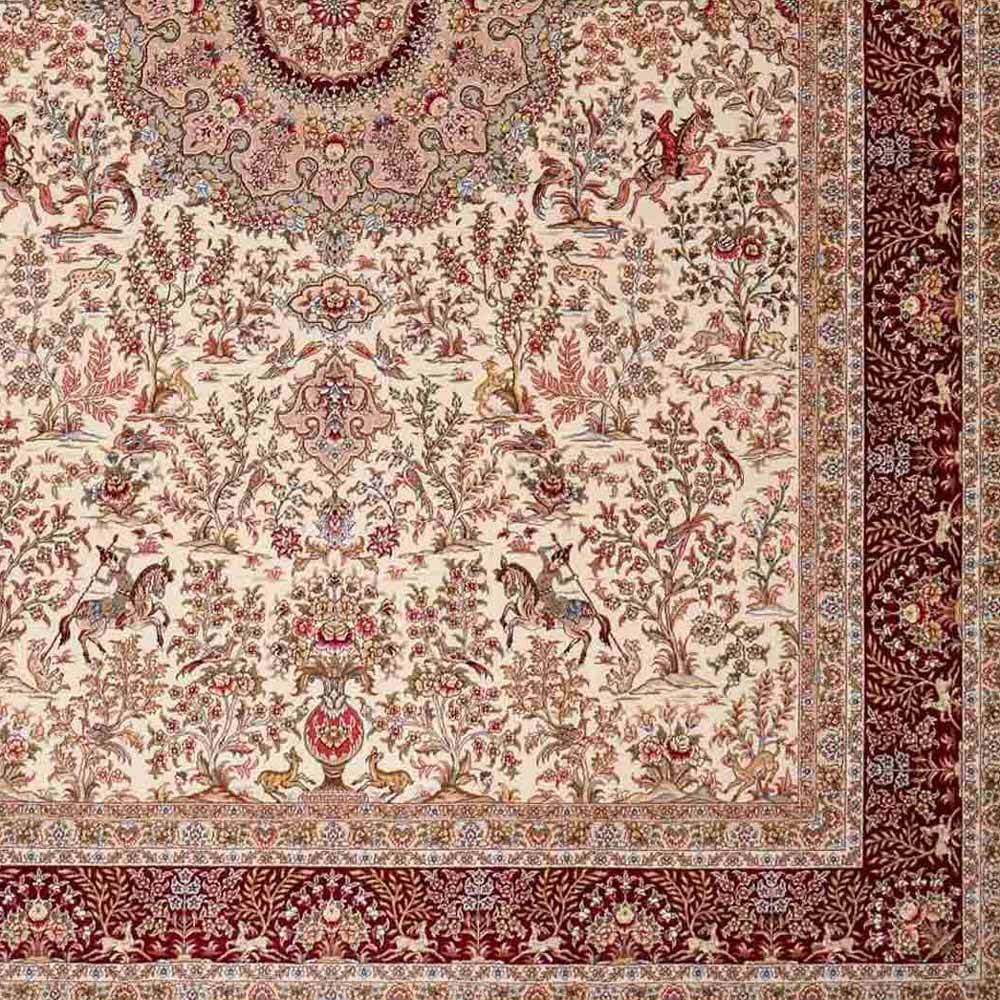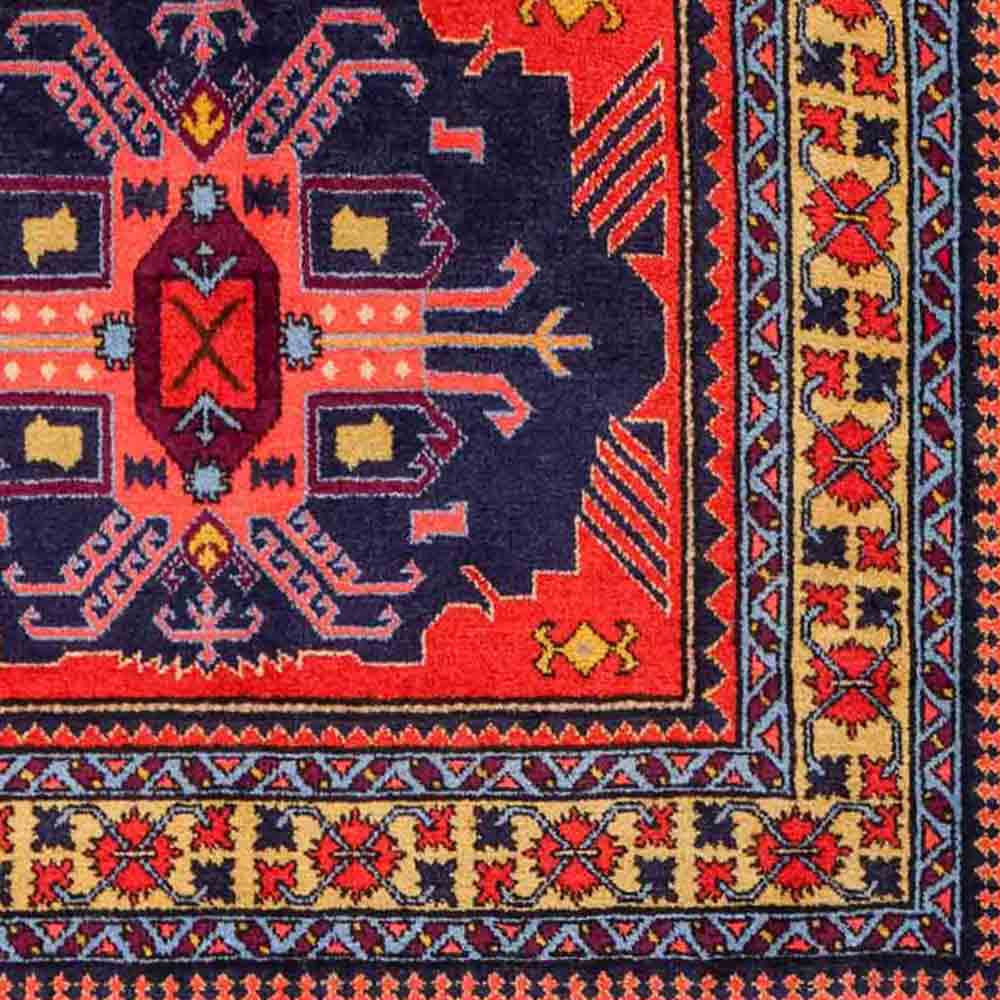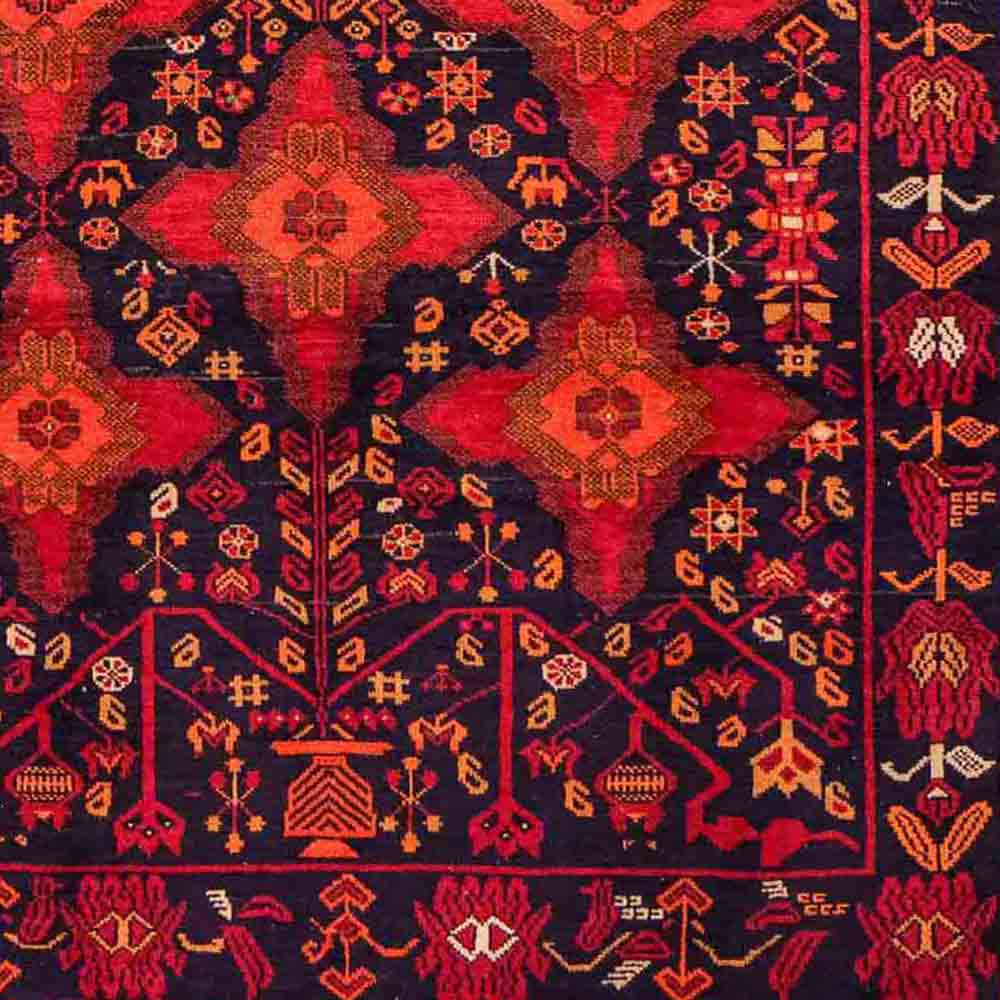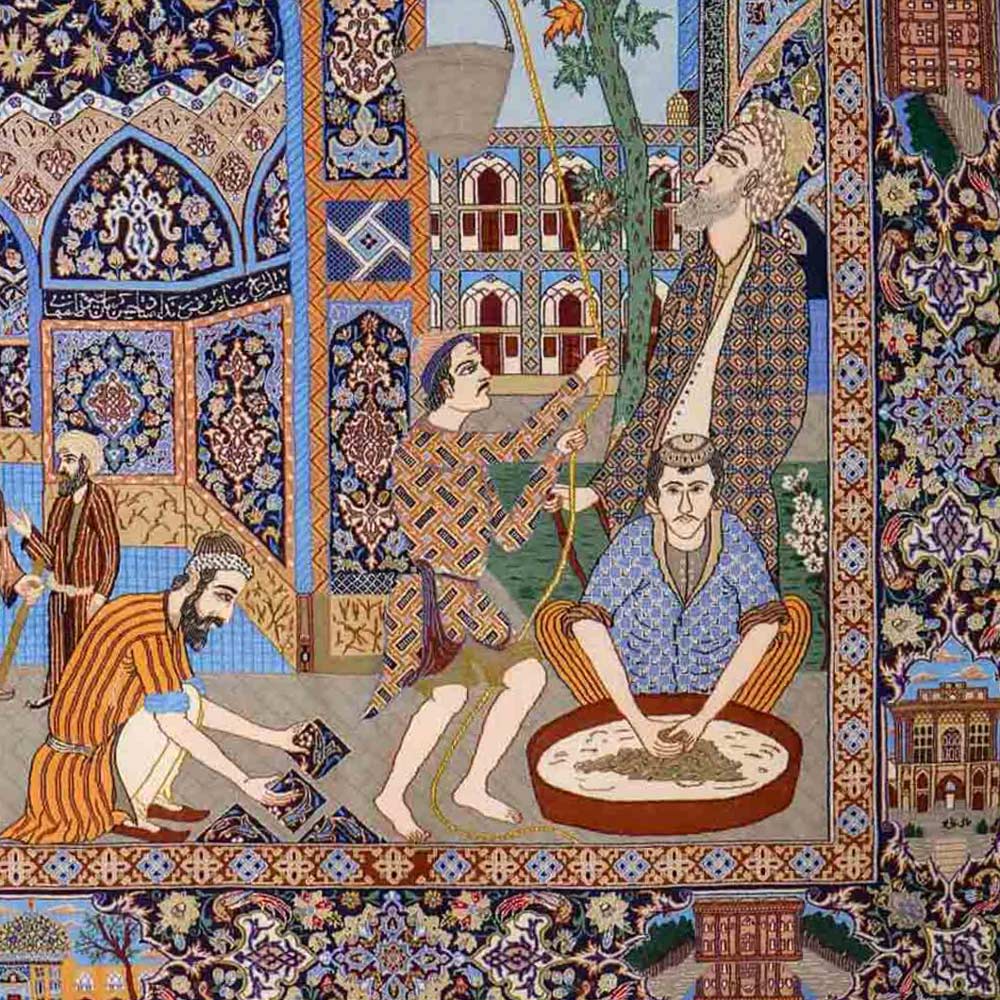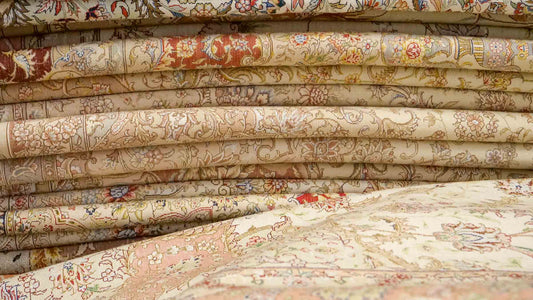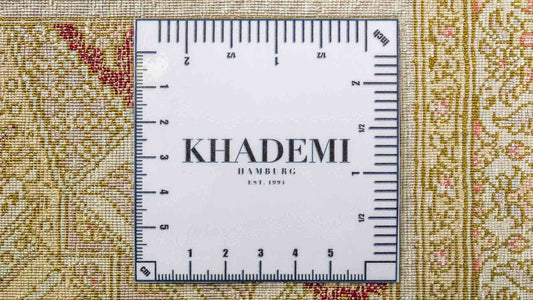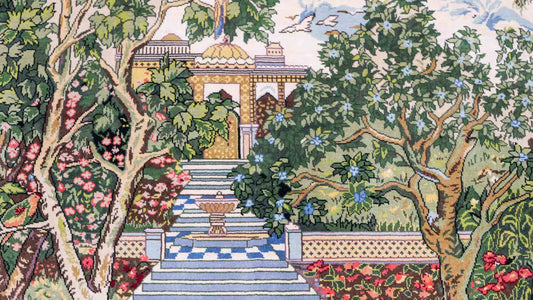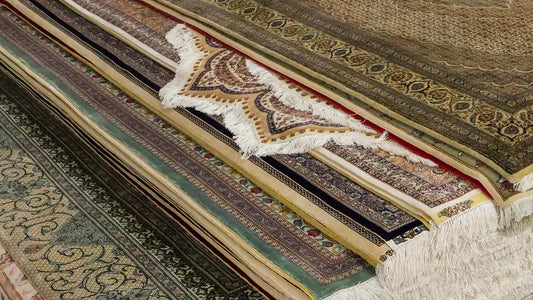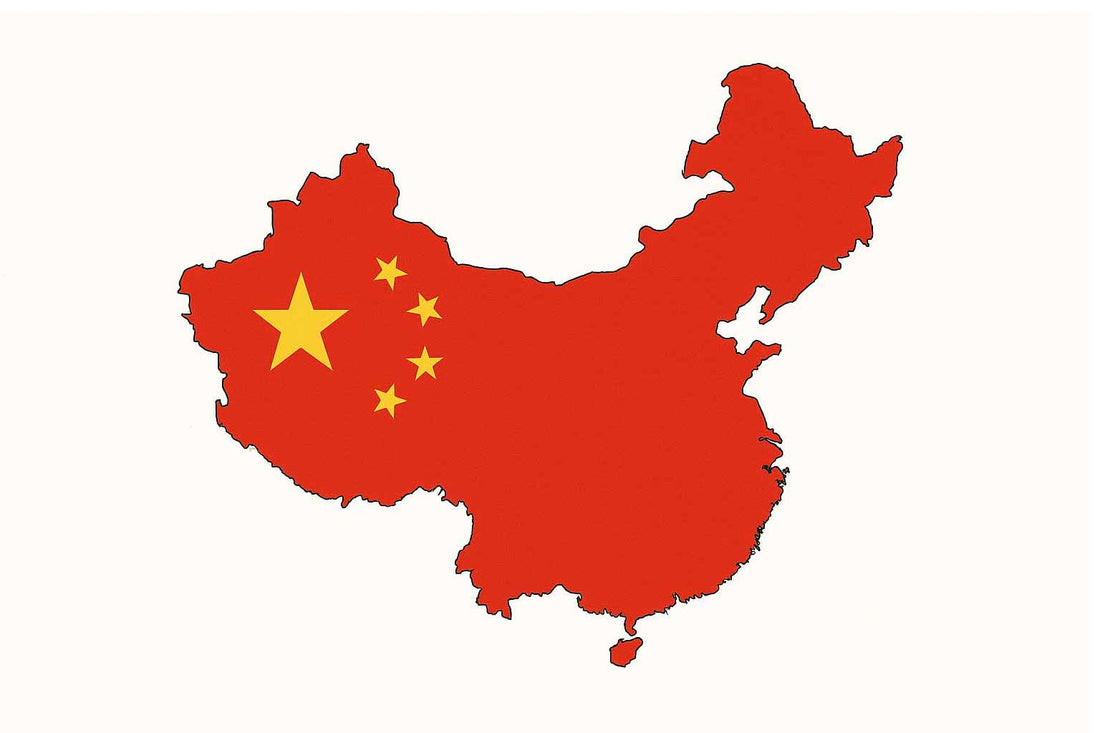
China: Expression of a Rich Culture
Daniel KhademiIn the world of textile art, Chinese rugs symbolize a profound connection between tradition and aesthetics. Beyond their remarkable elegance, they represent the stories and values of one of the world’s oldest civilizations. With their striking patterns and vibrant colors, these rugs captivate the eye and offer insight into the rich cultural and historical diversity of China.
Chinese Rugs: Everything Important at a Glance
- Chinese rugs blend tradition, artistry, and symbolism
- Signature motifs: Dragon, phoenix, lotus blossom, peacock
- Materials: Durable wool, lustrous silk, sturdy cotton
- Exceptional craftsmanship: Various knotting techniques—depending on region
- Remarkable weaving centers: Ningxia, Shandong, Xinjiang
- Every rug embodies a piece of Chinese cultural history
Discover Our Exclusive Chinese Rugs – Explore the Full Collection Now!
History and Tradition of Chinese Rugs
The origins of rug production in China date back to antiquity, when carpets were primarily produced by nomadic tribes on the northern steppes. Early rugs were generally simple and made from wool. Over time, techniques and designs evolved, especially during the Ming and Qing dynasties (14th to 20th centuries). This era marked a true flourishing of Chinese rug-making: manufacturing methods were refined, and extraordinary rugs rich in color and motif emerged. These periods are fundamental to the evolution of Chinese carpet art and continue to influence regional styles to this day.
Symbolism & Designs in Chinese Rugs
Chinese rugs are renowned for symbolic motifs, deeply rooted in the nation’s philosophy and mythology:
- Lotus blossoms signify purity
- Dragons symbolize luck and power
- Phoenixes represent renewal
- Peacocks stand for beauty and dignity
The combination of vivid colors and intricate patterns gives each rug a powerful expressive presence and underscores its importance as both artwork and cultural asset.
High-Quality, Natural Rug Materials
The best Chinese rugs are crafted from carefully selected materials:
- Wool—especially durable and warm
- Silk—offering a special sheen and intricate detail
- Cotton—a solid foundation for the rug’s base
In some production centers, unique local plants or special dyeing techniques are used to create distinctive hues and textures. This mix of materials ensures the rugs are both beautiful and highly functional.
The Art of the Chinese Knot
The craftsmanship behind traditional Chinese rug knotting is truly remarkable. Various knotting techniques—such as the Persian or Turkish knot—are employed depending on the province, shaping the rug’s strength and appearance. A hand-knotted Chinese rug can take months to complete; precision and an eye for detail are essential. Many weavers start their craft at a young age, preserving centuries-old weaving traditions.
Major Rug Regions of China
Certain provinces in China are particularly famed for their rugs:
- Ningxia: Celebrated for wool rugs in vibrant colors with traditional geometric patterns.
- Shandong: Renowned for exquisite silk rugs, noted for fine detail and delicate patterns, often featuring mythological scenes.
- Xinjiang: Known for Turkmen-style rugs, characterized by strong colors and geometric designs; highly robust, sought after in both traditional and modern markets.
Major Rug-Producing Regions of China
Explore the key regions celebrated for their unique weaving traditions and distinctive designs:
| Region | Distinctive Features |
Typical Motifs & Designs | Colors & Highlights |
| Ningxia | Durable wool rugs with traditional craftsmanship | Geometric patterns, medallions | Vibrant colors: blue, red, yellow – rich in tradition |
| Shandong | Fine silk rugs with intricate detail | Delicate patterns, mythological scenes | Bright tones, luxurious sheen |
| Xinjiang | Turkmen-inspired, highly resilient rugs | Bold geometric designs, stylized floral patterns | Intense colors: red, blue, green – exceptionally durable |
| Henan | Thick, high-pile wool carpets | Dragons, floral scrolls, medallions | Warm reds, golds, blues – exceptionally long-lasting |
| Sichuan | Flatweave and hand-knotted rugs | Floral motifs, clouds, pagodas, Tibetan influences |
Care & Value Retention of Chinese Rugs
Hand-knotted rugs from China are extremely durable when properly maintained—and remain enduringly popular as investments.
Care Tips:
- Avoid direct sunlight
- Use mild cleaning products only
- Rotate your rug regularly
For more detailed advice, visit our blog post: *How to Care for Hand-knotted Rugs*.
If you are interested in purchasing an antique or luxury rug, we recommend requesting an expert appraisal and reading our article: *Are Hand-Knotted Rugs a Good Investment?*
FAQ: Frequently Asked Questions About Chinese Rugs
What makes Chinese rugs unique?
► A blend of symbolic motifs, traditional knotting techniques, and premium materials—every piece is a cultural original.
How do I recognize an authentic, hand-knotted Chinese rug?
► Look for meticulous craftsmanship, regional design elements, and natural materials. You’ll find more information in our Carpet Materials Blog.
What roles do dragons and phoenixes play in rug designs?
► The dragon symbolizes luck and power, while the phoenix stands for immortality and renewal—both are among the most important Chinese symbols of good fortune.
How should I care for a Chinese silk rug?
► Have high-quality rugs professionally cleaned and protect them from direct sunlight and moisture. See our Rug Care Guide for details.
Conclusion
Chinese rugs are significant cultural creations that carry stories of artistry, tradition, and excellence in craftsmanship. They enrich living spaces by bridging the gap between past and present. Owning such a rug is a way to honor and preserve the traditions and skill of one of the world’s oldest civilizations.
Explore our exclusive collection of authentic Chinese Rugs in a variety of designs, sizes, and qualities—our team is happy to provide expert advice on authenticity, care, and interior styling!
Want to learn more? Discover our related blog articles → Design Classics, Countries of Origin, Carpet Materials, Carpet Guide

